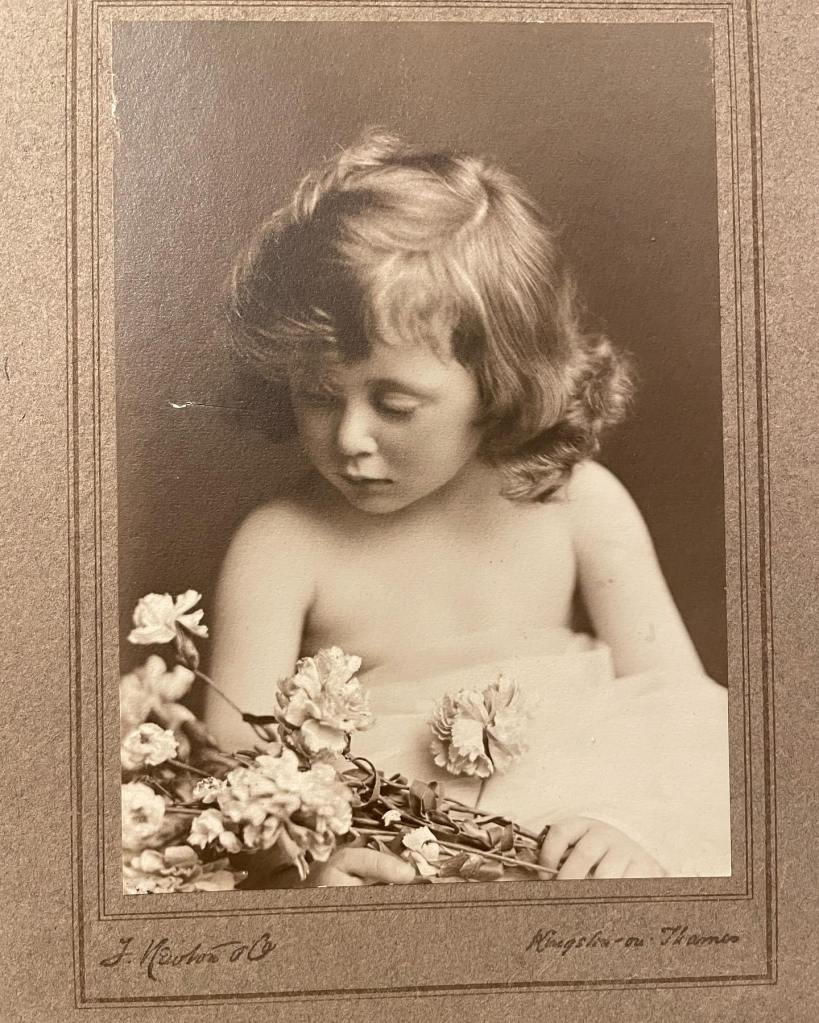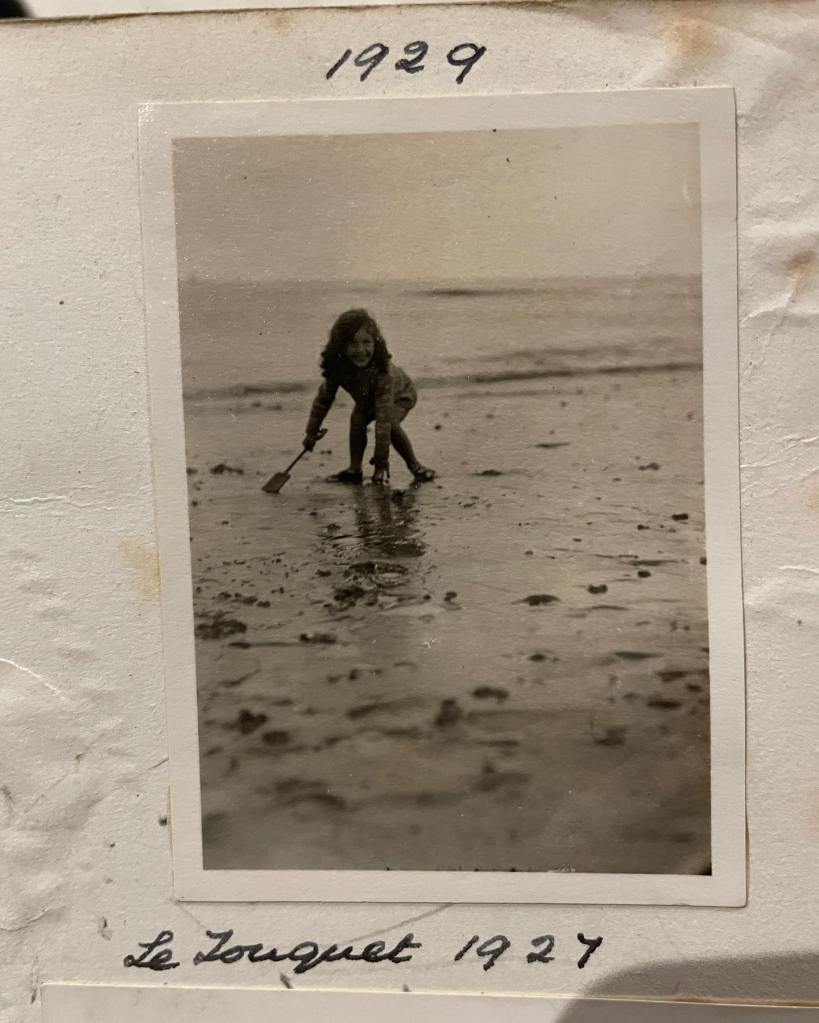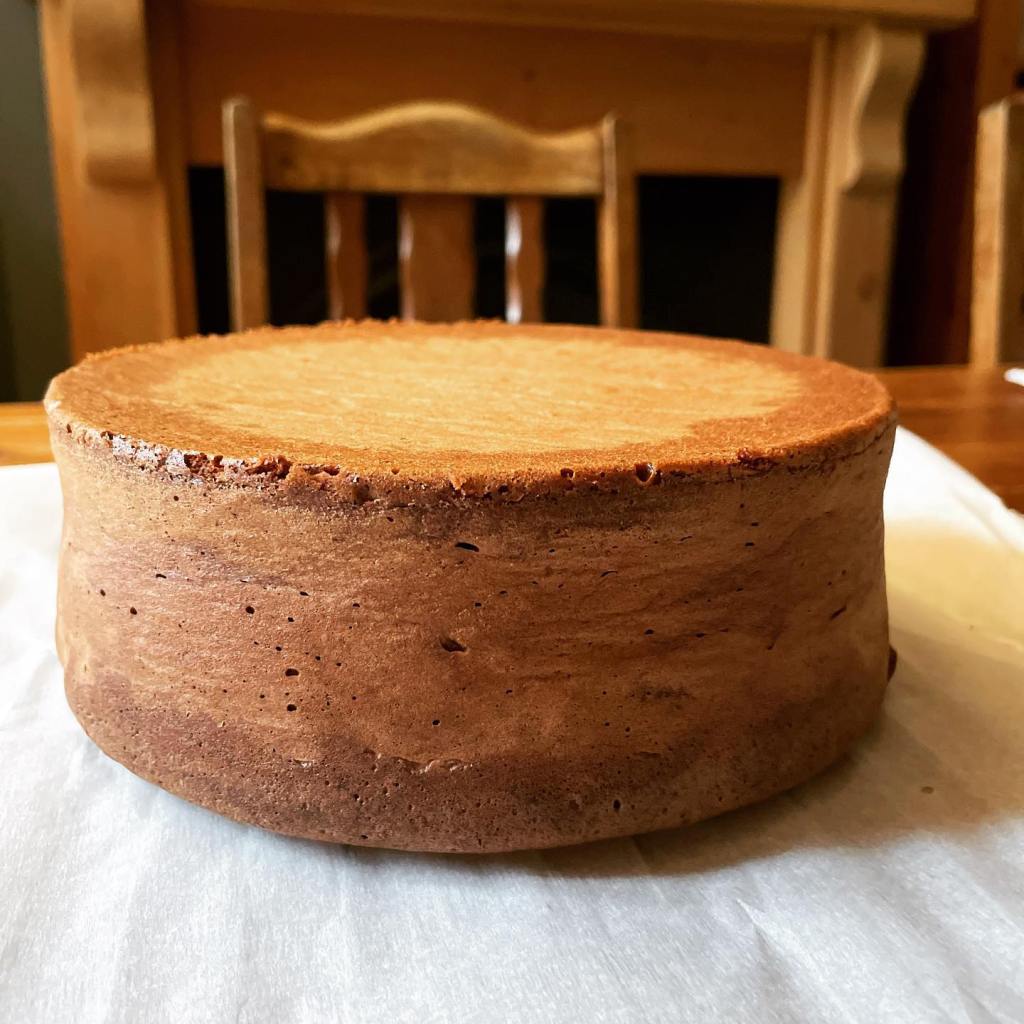Hanukkah, the Jewish festival of light, begins at sundown today and were it not for the fact that I’m feeling poorly, I would be making this cake. Mercifully, Hanukkah lasts for eight nights and days so there is plenty of time to heal and get baking. This recipe is my take on one of Europe’s most famous cakes, the sachertorte, which I consider the tuxedo of tortes. The end result on the palate and the plate is elegant yet simple and I love the way it’s served–just a tidy dark slice next to a mountain of whipped cream. The first time I tasted it was in Vienna with my husband who has family there.
What’s different is that my torte is made with marmalade instead of the usual apricot jam. If you know me you know that marmalade holds a special place in my heart. I learned to make it whilst studying for my Life in the U.K. test and waiting for my citizenship to be granted. I learned about sticky wickets, Sevilles, the Divine Right of Kings and how to cut shred all at the same time. For this reason, marmalade and Britishness are inextricably linked for me.
My recipe uses matzo meal in lieu of flour which is a nod to those early covid days when flour was scarce so I baked with matzo meal instead. It’s also a nod to Franz Sacher, the young Jewish baker, who created this cake for Metternich in 1832. It’s also a nod to my own part-Jewish family.
I mentioned in the first paragraph that my husband has family in Vienna. He does and they are Roman Catholic. They are his mother’s family, but his father’s family was Jewish. They were Russian Polish Jews who escaped the pogroms and came to Britain in the 1890s.



At the end of October, I posted the following on Instagram. . .
“I don’t share my husband’s surname; but if I did, it should be Jaffe, not Jeffreys. Jeffreys was a name they chose in the 1920s so the children would have an easier time at boarding school. So they could join the country club and assimilate and just be British without being Jewish first. This chimes with what my 87 year old nana from Brooklyn has said about moving to Cincinnati in the 1960s. As a Lemkin née Bernstein, she wasn’t allowed at the country clubs there either. Lately, friends of mine in Los Angeles have reported all kinds of hateful mishegoss. Vile anti-Semitic fliers have been delivered to their doorsteps in plastic bags containing rocks so those evil words don’t fly away. This has happened on multiple occasions. At the weekend, a banner reading “Kanye is right about the Jews” was hung across the 405 by the Goyim Defense League who gave nazi salutes and encouraged drivers to honk in support. Anti-Semitism cannot be tolerated. I support my Jewish friends and family. #callmemrsjaffe”

Someone I don’t know replied to my post with abusive anti-Semitic comments and despite the many friends and family who reported the hate to Instagram, it took ages for the comments to be removed. The account that originally posted them has multiple hate accounts that still exist. My point in sharing this is that anti-Semitism is alive and well. I never thought I’d have friends who were scared to display their Jewishness, especially in Los Angeles, but here we are.
On a menorah there is a helper candle called a shamash. It is the candle used to light the others. Coincidentally, Shamash is also the name of my husband’s oncologist who helped heal him years ago, but as usual, I digress. On this night, the first night of Hanukkah, I want to thank the helper candles in my life, the ones who go out out of their way to make sure we all burn brighter. I hope I illuminate your life too. A bit of light dispels a lot of darkness. Sometimes so can a quality chocolate cake.
Chag sameach! Happy Hanukkah!

Ingredients
For the cake:
140g dark chocolate with a minimum of 55% cocoa content (I use 63% for this recipe)
150g unsalted butter, room temperature
210g caster sugar, divided into 110 g and 100 g
1tsp vanilla bean paste
A pinch of salt flakes
6 medium eggs at room temperature
50g ground almonds
100g matzo meal
For filling and glazing the cake:
340g jar of fine shred marmalade
For the glaze:
125ml black tea (Breakfast, Earl Grey or Darjeeling)
150g caster sugar
150g dark chocolate, once again with a minimum of 55% cocoa content
For piping:
30g milk chocolate
NB: Make sure your eggs and butter really are at room temperature because if they’re not, your batter could curdle. If your eggs are cold, place them in a bowl of warm water for ten minutes. If your butter is cold, cut it into cubes. You can even microwave it for a few seconds to soften but do not let it melt.
Method
Preheat the oven to 180°C/160°C fan/Gas 4.
Prepare a 23cm cake tin by lightly greasing it and lining it with baking paper.
Melt 140g of dark chocolate in a bowl over boiling water. Allow it to cool slightly so it’s still warm and runny, but not hot.
Next, separate your eggs. Put the whites in a large bowl and the yolks in a smaller one.
In another large bowl, cream the 150g of unsalted butter, 110g of caster sugar, teaspoon of vanilla bean paste, and pinch of salt until pale and fluffy. I use a handmixer at medium speed. Cream them until the consistency is satiny, but not whipped. This will take longer than you think. I note it’s approximately 8 to 10 minutes.
Whisk the yolks into the butter mixture one at a time. Make sure each yolk is fully incorporated before adding the next. Lest your emulsion become unstable and splits.
Slowly whisk in the melted chocolate.
Then use a blender, food processor, or pestle and mortar to grind your almonds and matzo meal or flour as finely as possible. Sieve these flours into the chocolate butter mixture.
Now whip the egg whites. I do this in a standing mixer but a hand mixer is fine too. Gradually add the remaining 100g of caster sugar, a tablespoonful at a time. Beat the whites until soft peaks form, but do not take them past this point. If you beat them until stiff peaks appear, the egg whites won’t develop fully in the oven which is where you want them to expand so your cake will rise.
When the egg whites are sufficiently voluminous, use a large metal spoon and fold ⅓ of them into the batter. Add another third and fold it until it’s incorporated. Then repeat one last time. Get as much air folded into your batter as possible as aeration yields a lighter fluffier result.
Pour the batter into the prepared cake tin. Place it in the oven and bake for approximately 45 minutes or until the top springs back when gently pushed with a finger. Or test it as I do by sticking an uncooked piece of spaghetti into the centre then pulling it out to check if it’s clean.
Once the cake is ready, remove it from the oven and let it cool in its tin for ten minutes. After this time, transfer it to a cooling rack and remove any baking paper that remains.

As the cake cools, sieve your marmalade over a bowl. If it is too thick to sieve, heat it slightly in a saucepan but do not let it go all liquidy. There must be enough viscosity so it can fill the cake rather than saturate it. Keep the shred that collects in the sieve. Should the shred be particularly long, cut it shorter with a knife. Set the shred and the sieved marmalade aside.
When your cake is cool to the touch, carefully cut it in half on the horizontal. Place the rounds next to each other with the cut side up. Use ⅓ of the sieved marmalade to brush across both layers. Then spoon enough shred on to the bottom layer so it is completely covered. Do not omit the shred. If you do, your cake will not have that burst of citrus sunshine that it should.

Put the layers back together and now using only the sieved marmalade, paint it over the rest of the cake. Use only the sieved marmalade for this or your chocolate glaze will not be smooth. Brush ⅓ on the top and ⅓ on the sides. Place the cake in the freezer for approximately 20 minutes or until the jam is set–not frozen, but set.
In the meantime, make the chocolate glaze. Start by brewing a strong cup of tea. This will not make the glaze taste of tea, but the tannins in it will subtly enhance the dark chocolate flavour. Mix 125ml of tea with 150g of caster sugar in a saucepan over low heat. Once the sugar has dissolved, bring this to a boil then simmer until it thickens and becomes syrupy, approximately 4 minutes. Then take it off the heat and leave it to cool slightly. Add 150g of dark chocolate to the syrup and stir it until it has melted and the mixture is smooth and shiny. You’ll know the glaze is the right consistency if it can coat a spoon.
To glaze the cake, put it on a rack then pour the lukewarm chocolate all at once over the cake’s centre. Use a palette knife or spatula to make sure the sides are covered and the top is smooth. Leave the glaze to set.

Melt 30g of milk chocolate in a bowl over hot water then spoon it into a plastic piping bag. If you don’t have one, you can fashion one out of a small sandwich bag. Snip the corner and write whatever you like on the top as steadily as you can. I always practice my piping on a bit of baking paper before attempting the real thing. If piping makes you nervous, take a deep breath and have courage.

Your cake will be ready to eat once the chocolate has set and while it’s perfect from day one, it only improves with age.
Cut the cake and serve it with copious amounts of unsweetened whipped cream.



















